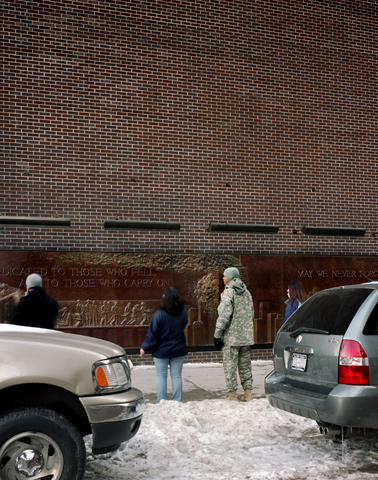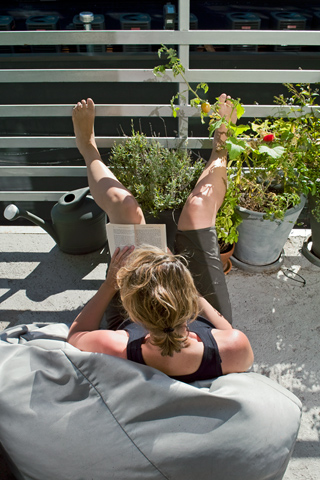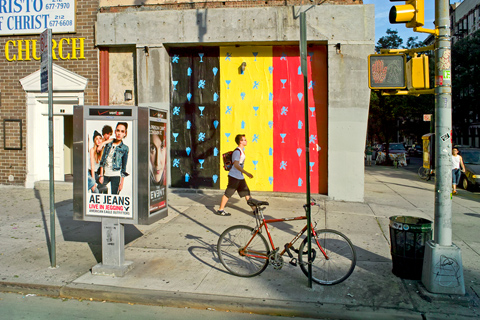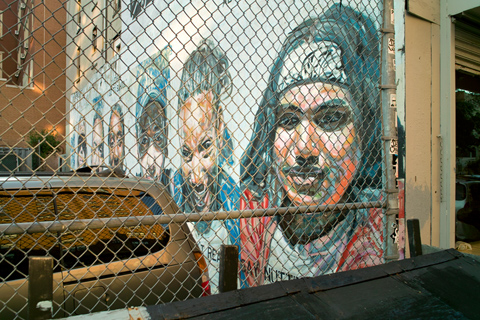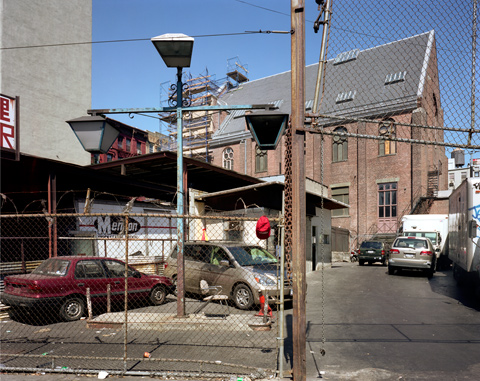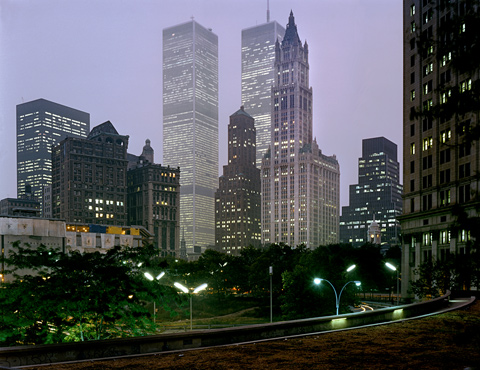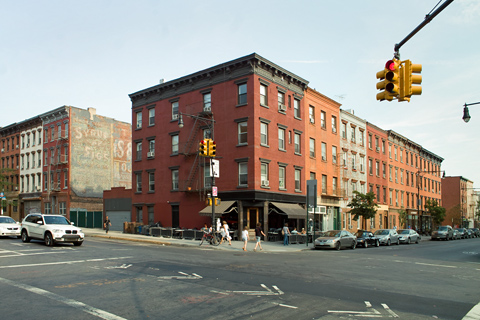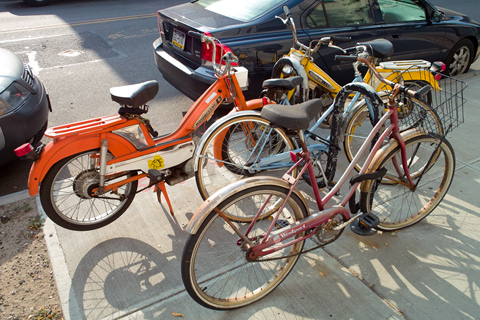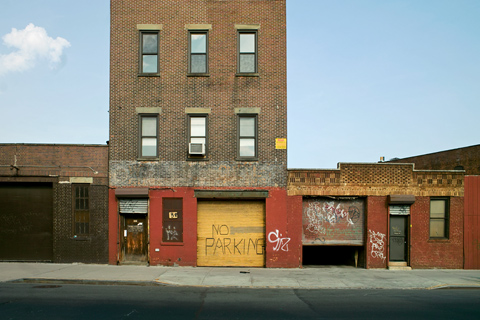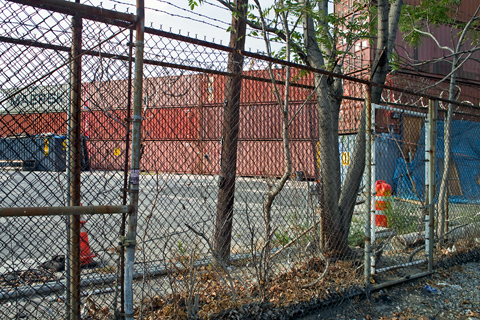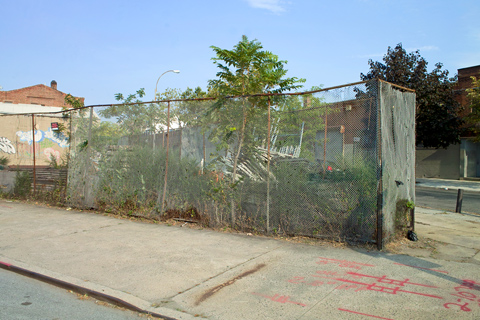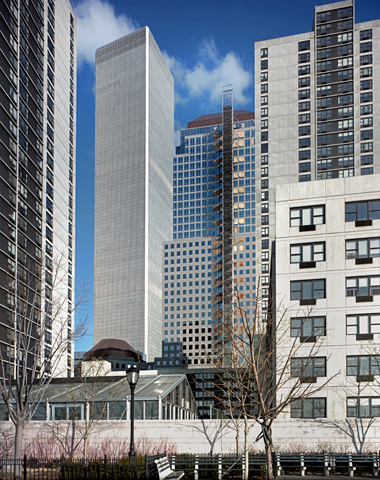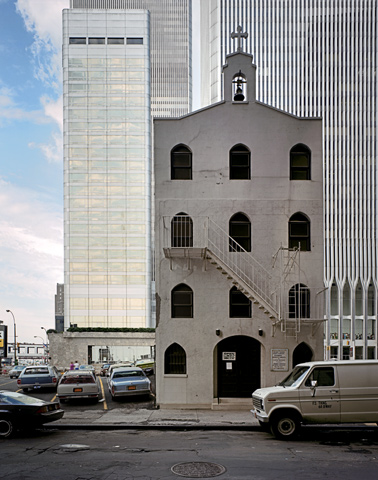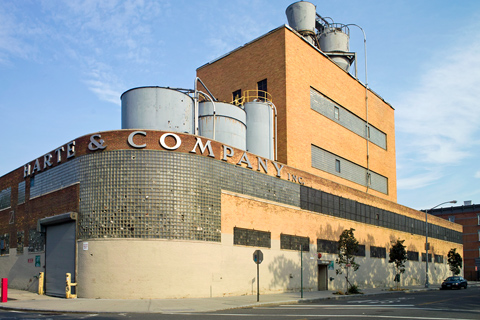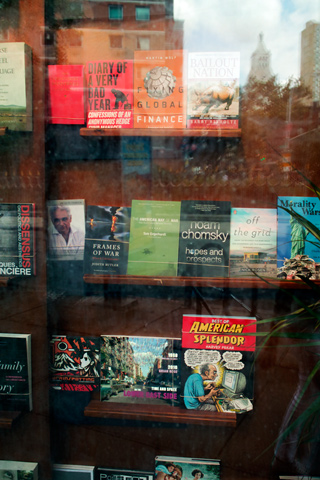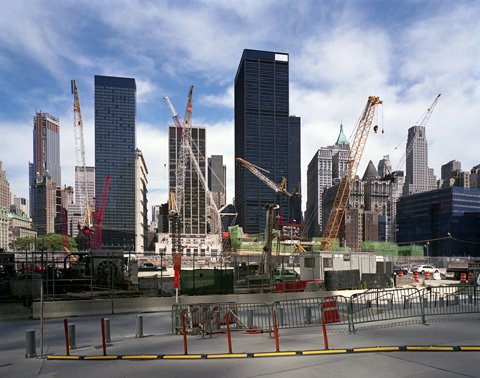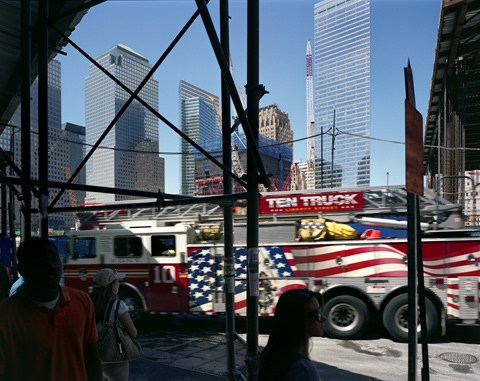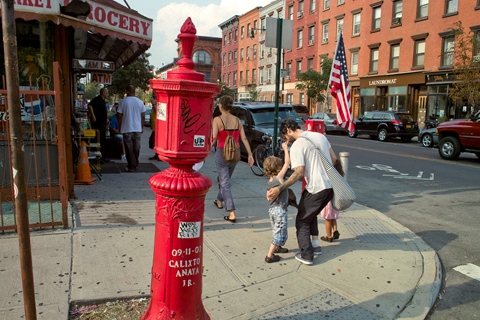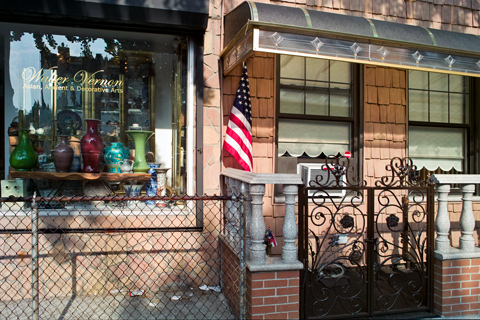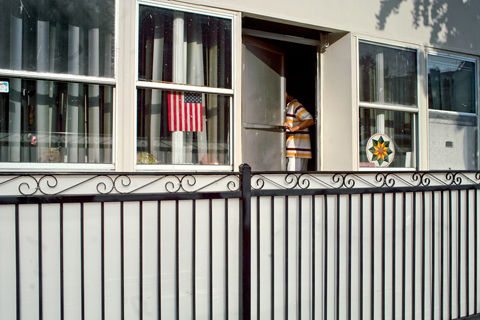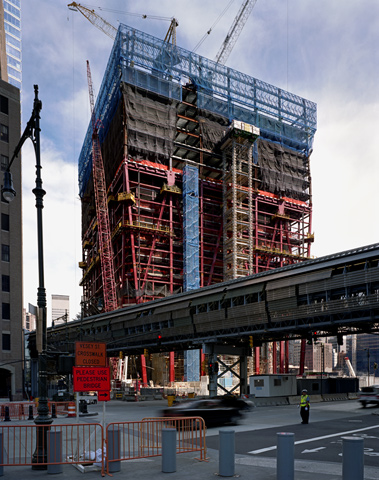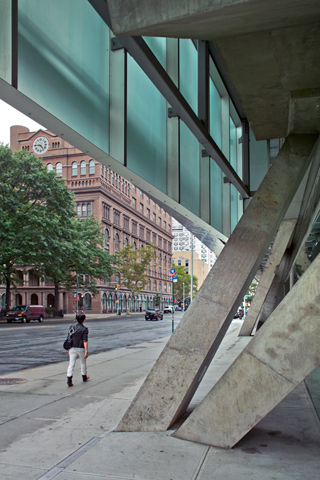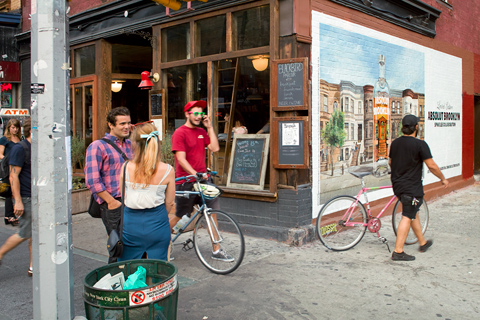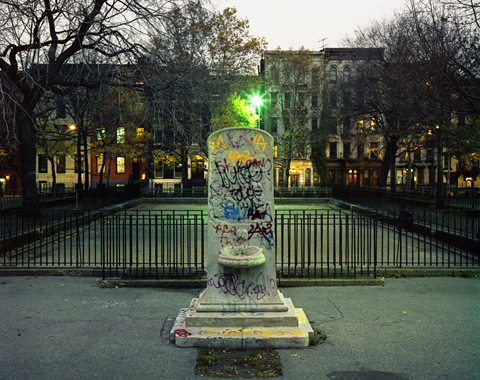Fire Department of New York Memorial Wall (4×5 film) © Brian Rose
A newly scanned image of the FDNY Memorial Wall. When I made this photo a couple of winters ago, I was struck by the expanse of blank wall above the horizontal bas relief of the WTC image and firefighters. A soldier accompanied by family or friends walked into my frame. While construction proceeds on the footprint memorials and museum nearby, this is one of the few official acknowledgements of 9/11 downtown. The wall is currently roofed over by a sidewalk shed due to construction and demolition going on in the area.
As the 9th anniversary of 9/11 approaches, Iraq remains a battleground, despite the withdrawal of American combat forces, and the war against the Taliban in Afghanistan goes on, endlessly. Right wingers agitate against an Islamic cultural center several blocks from ground zero, and Christian extremists threaten to burn Korans–hatred engendered by the act of hatred nine years ago.
